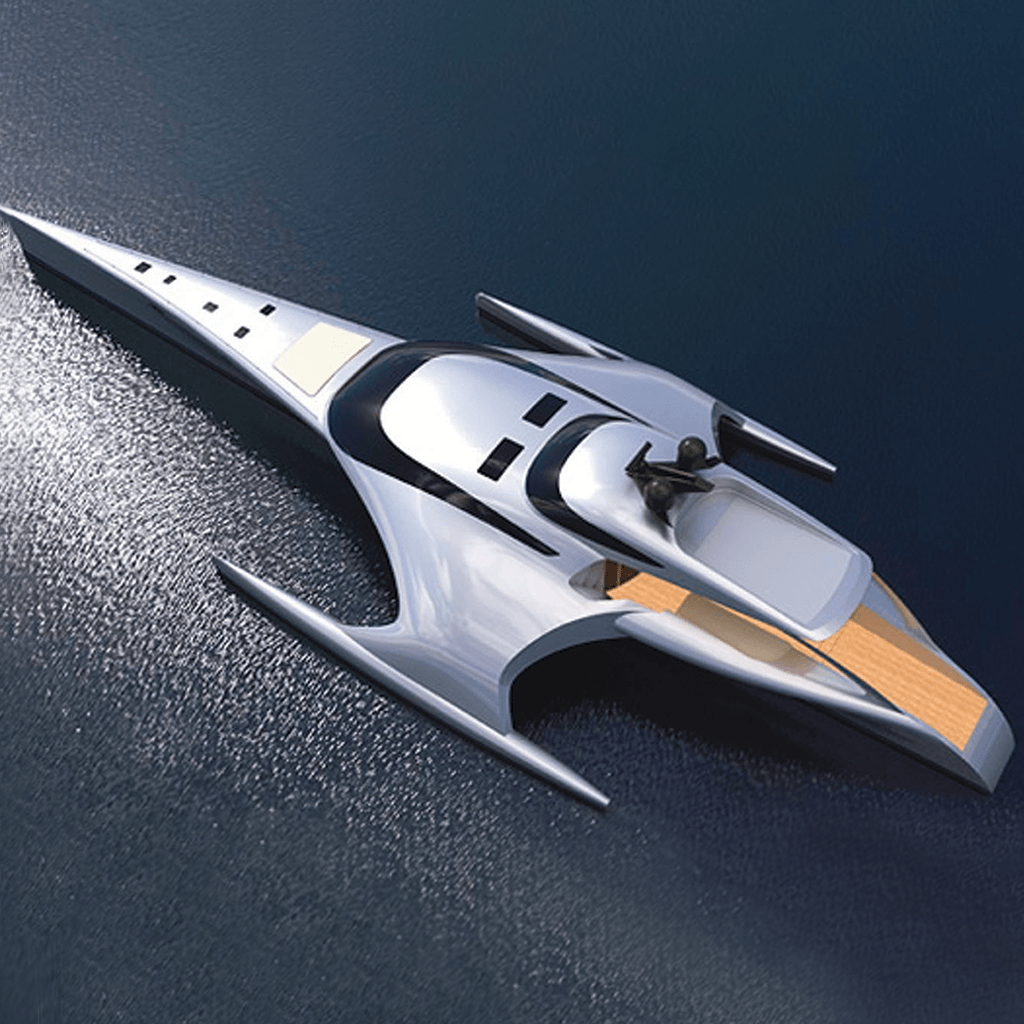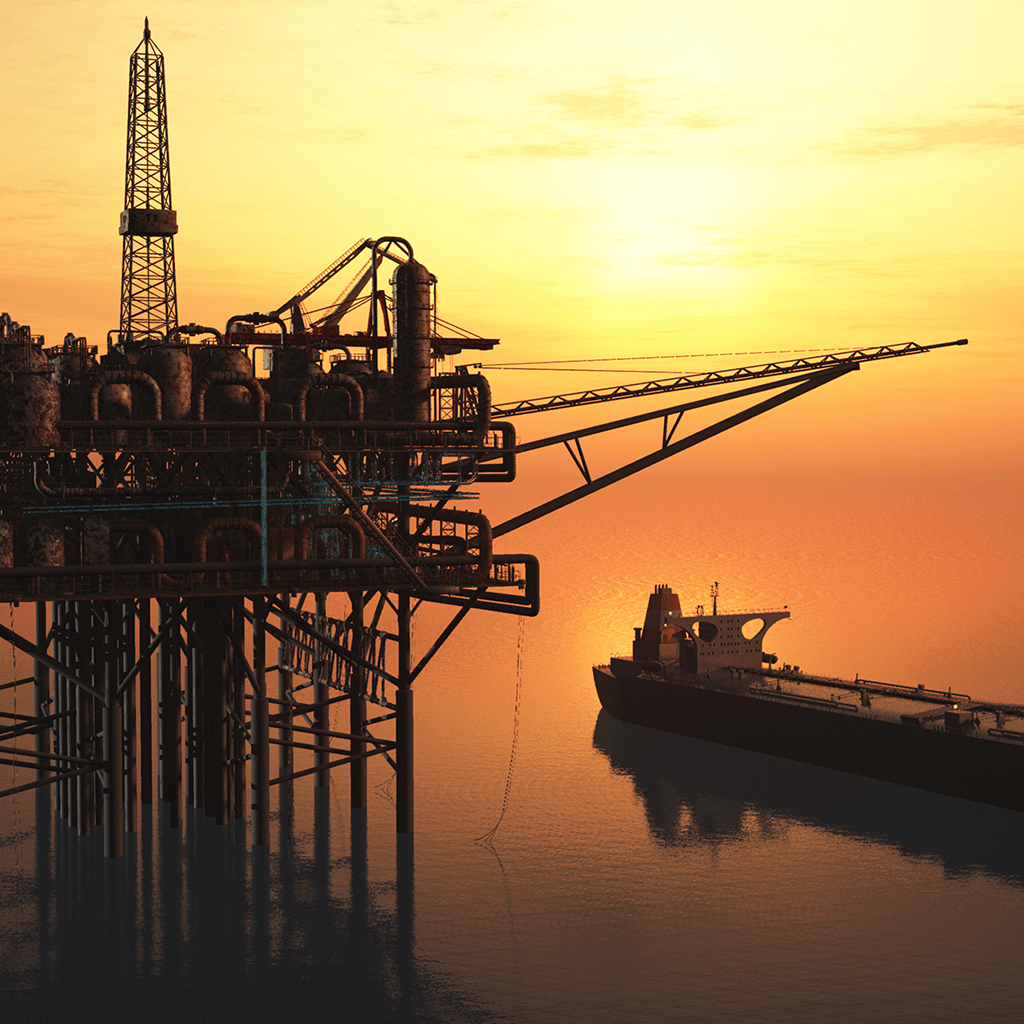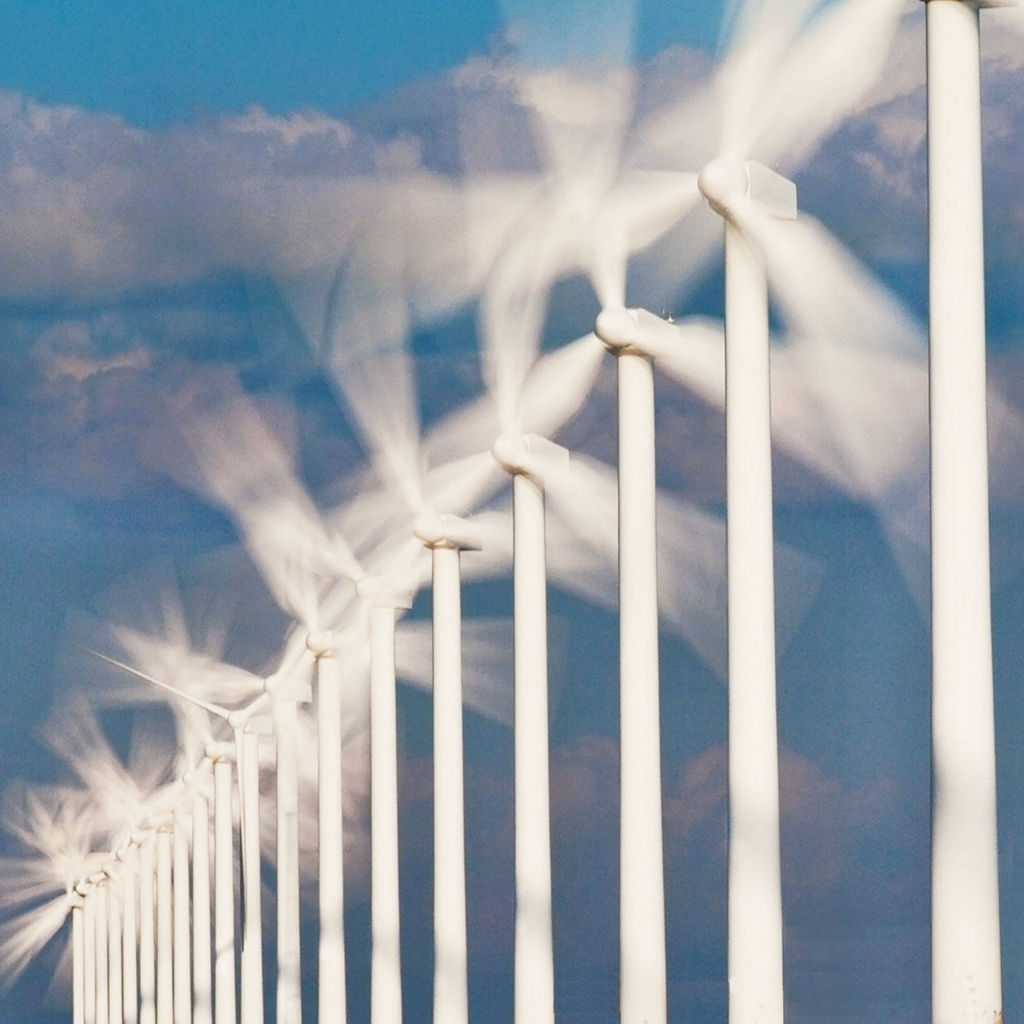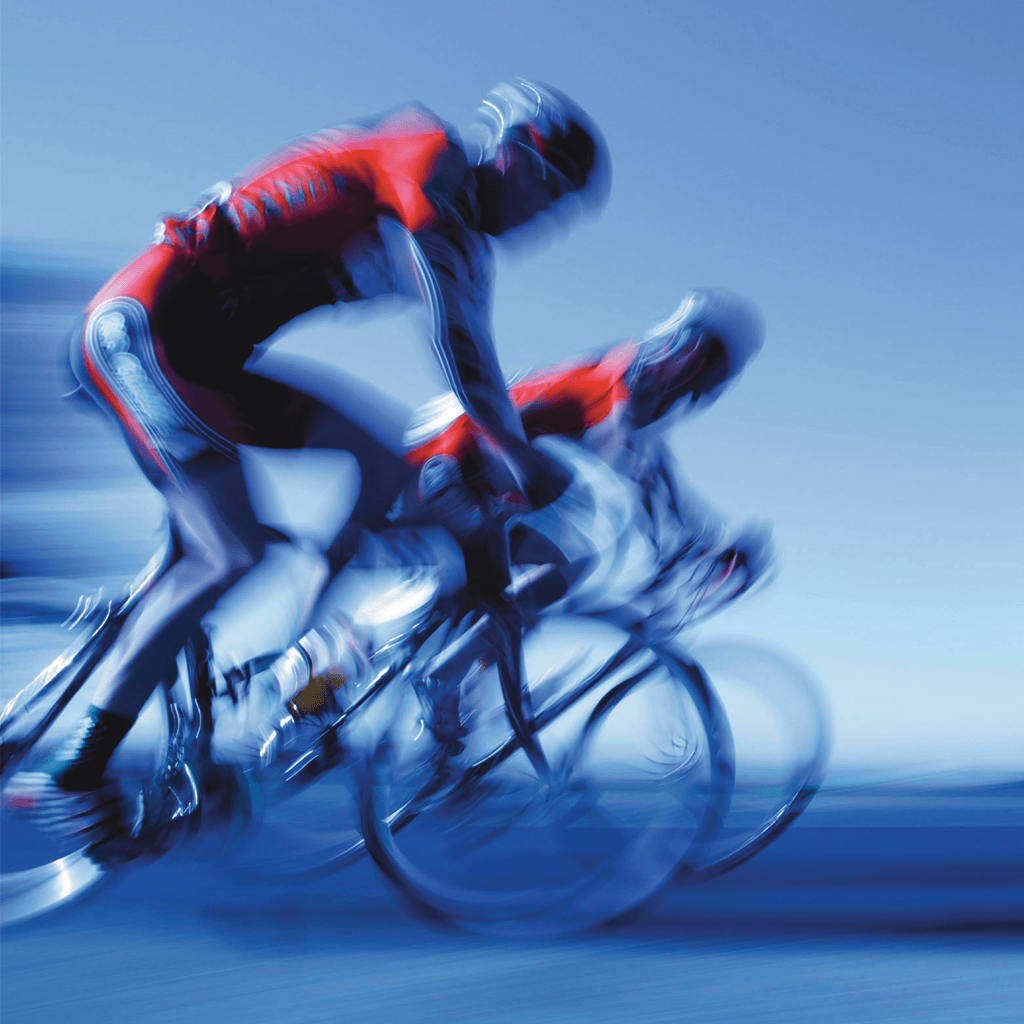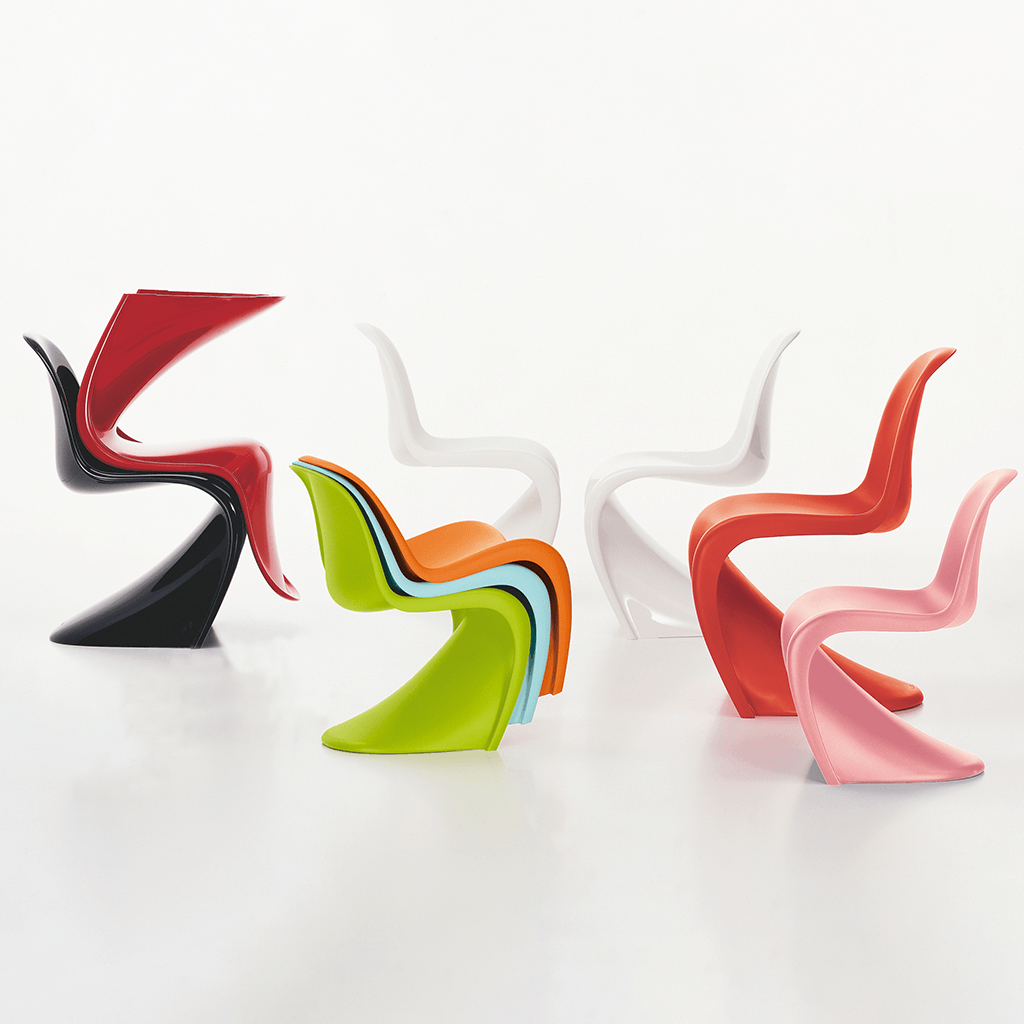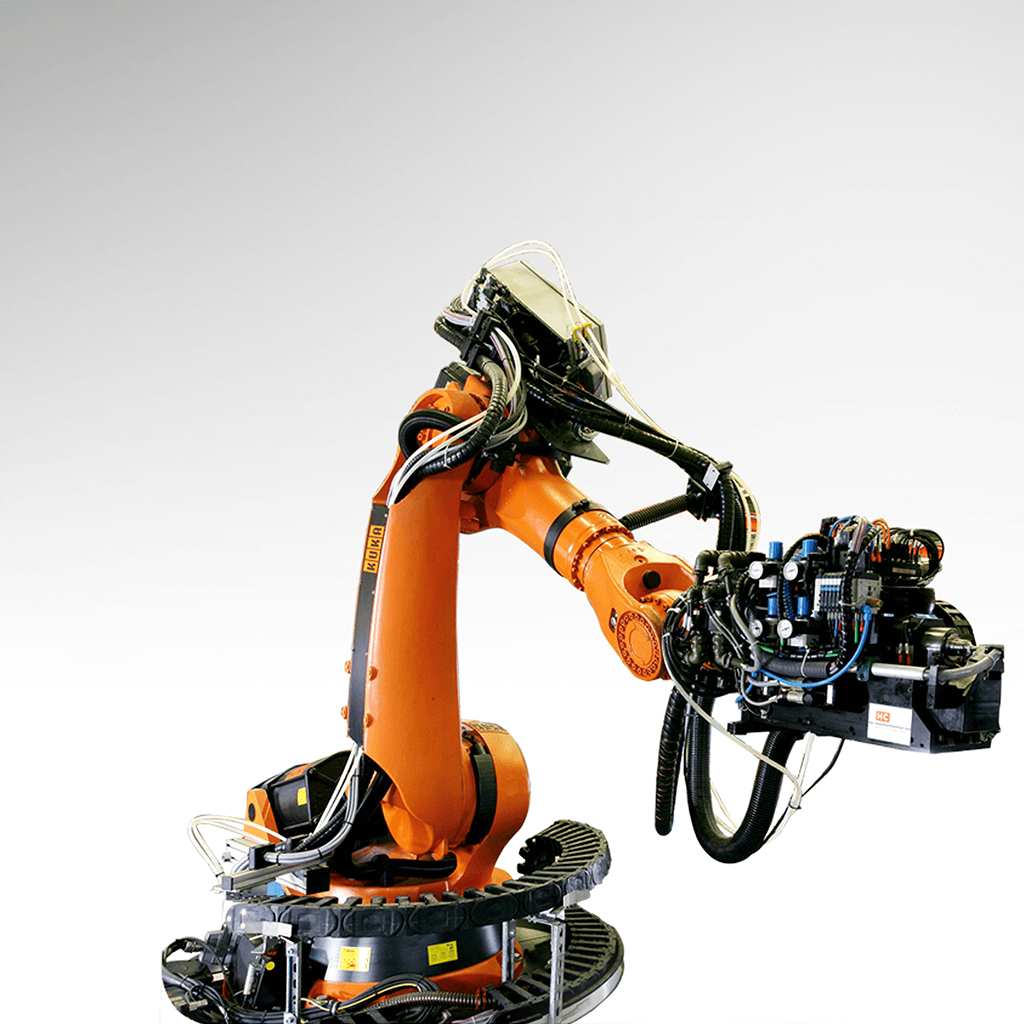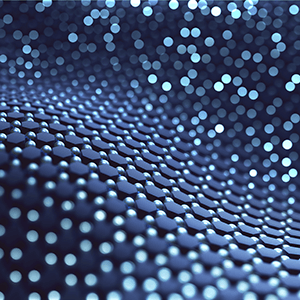lnfluence of process parameters on the quality of thermoplastic pultruded profiles
Pultrusion is an efficient method of producing polymer composite structures with constant cross-sections. Typically, thermosets are used here as a matrix material. Thermoplastics, however, can provide many advantages such as high impact toughness, recyclability and good joining and forming properties. This article has been published in the JEC Composites Magazine N°154.

Pultrusion is one of the technologies used to produce fibre-reinforced plastic composites. This continuous manufacturing method produces fixed cross-sections for both solid and hollow components. During the process, a bundle of reinforcement fibres impregnated with a matrix material is pulled through a heated die block, causing the polymerisation of the fibres and resulting in profiled shapes. This process requires minimal labour and is materially efficient.
Usage of thermoplastic matrix materials
Compared to thermosets, thermoplastics show multiple advantages as a matrix material. Thermoplastic-matrix composites are tougher and less brittle than thermosets, resulting in very good impact resistance and damage tolerance of the resulting product. Thermoplastics also have excellent damping properties, which is ideal for vibration applications. They are meltable, allowing for other parts to be easily fused with the composite and sometimes eliminating the need for joints. Bending the final product can make part connections redundant.
Additionally, force flow can be improved, owing to the part’s geometric continuity, as compared with screwed, glued and riveted connections. The meltability of thermoplastics even makes it possible to remould the material. This way, it is possible to repair a damaged product instead of replacing it. Thermoplastic composites are also recyclable, an interesting option when a sustainable solution is sought, and the production rate is higher.
Despite these many advantages of thermoplastic composites over thermosets, the thermoplastic pultrusion market has significantly lower production volumes.
Thermoplastic pultrusion processes
Two types of processes can be used. First, the simultaneous impregnation of reinforcement fibres in the reaction injection moulding (RIM) pultrusion process. Here, the thermoplastic is created during a chemical reaction between a thermoplastic resin and a catalyst or activator. The design of the heated die block is the primary distinction between reactive and non-reactive pultrusion techniques. In reactive pultrusion, preheated unimpregnated fibres are fed into a heated die block where the fibre impregnation and in situ matrix polymerisation take place.
The second process uses a polymerised matrix material, which is just melted when transferred into the heating die, and no other chemicals are needed. A non-reactive pultrusion machine for thermoplastic composites includes hybrid yarn bobbins, a guidance system, a preheating system, a heated forming die, a cooling die, a puller, and a cutting saw. To shorten the processing time, the yarns are preheated to a temperature near the thermoplastic’s melting point (Figure 1).
The yarns are then transferred through the guiding system into the heating die block, where the thermoplastic melts and the profile takes its shape. The resulting profile is fed into the cooling die, where it is cooled to almost ambient temperature, accelerating the polymer’s consolidation process. The profile is finally trimmed to the necessary length.

Thermoplastic pultrusion at lTA
The Institut für Textiltechnik (ITA) of RWTH Aachen University developed a pultrusion system based on non-reactive pultrusion that can continuously produce fibre-reinforced thermoplastic semi-finished products using hybrid yarns (Figure 2).
The hybrid yarns are unwound via a creel and drawn into a heating tool, where the matrix material is heated above the melting point for consolidation with the reinforcing fibres. This technique minimises the flow paths of the thermoplastic material and prevents agglomeration. Finally, it is drawn off after the pultrudate has cooled and can be cut to defined lengths. In addition to conduction heating of materials such as glass, aramid and natural fibres, ITA can also produce CFRP profiles by means of induction. The semi-finished product is heated from the inside, thus ensuring that the melt forms uniformly in the semi-finished product.

Besides solid and hollow sections with unidirectional fibre orientation, a special winding machine can be used to manufacture wound tubes from the hybrid yarn (Figure 3). Four units, each having ten yarns, can be used to create wound fibre-reinforced tubes. By adjusting the fibre angle and the choice of materials, semi-finished products can be produced according to the targeted application. Particularly noteworthy is that every single unit can be adjusted individually, making it possible to create multiple layers with different angles in a single pultruded profile.

Pultrusion parameters and their effects
Apart from the type of raw material used, several machine parameters also play a vital role in increasing the material’s processability. The preheater temperature, the temperature and geometry of the heated die, the pressure inside the heated die, the cooling die temperature, the pulling speed, and the pulling force are non-reactive pultrusion process parameters that strongly affect the production process. The effect of the pultrusion parameters on the quality of the pultruded product was tested in an experiment at ITA. Since the final product is influenced by many variables, the parameter space was limited to the three most impactful variables (Table 1).
After pultruding the different samples with the various parameters, the samples were cut in specimens for the tensile strength tests. Each specimen was cut to a length of 250 mm according to DIN EN ISO 527-4. Each sample was tested five times.
The different parameter combinations of the samples together with their corresponding tensile testing results are reported in Table 2.

A statistical analysis was conducted to check the correlation between the tensile strength and the parameters. Most evident is the positive correlation between the number of layers and strength. This can be explained by the increasing volume resulting in a higher pressure inside the tool. The remaining air is released and the number of defects is reduced.
Additionally, the material is pressed more strongly against the mould and the surface finish is better.
The second highest influence is the pulling speed. When decreasing the pulling speed, the material remains in the tool for a longer time, resulting in more matrix material melting and improved impregnation. The temperature of the heating die has the lowest effect on the quality of the pultruded profiles (Figure 4).

For the optical analysis, the samples were cut in small pieces and then polished. The treated samples were observed under optical microscopy and evaluated on a qualitative basis.
In the optical analysis, the samples showed a homogenous distribution across the whole cross section (Figure 5). The matrix material was able to melt and move in-between the reinforcing fibres. Nevertheless, as some areas still show agglomerated reinforcing fibres, further research is ongoing. Entrapped air is only observed in rare cases.

Applications and prospects
The growing demand for lightweight materials and the substantial increase in the demand for sustainable products are expected to boost the pultrusion market, which is advancing at a rapid rate and driving the growth of the global markets. The European market for glass-reinforced polymers (1.1 million tonnes in 2017) has experienced a steady yearly growth of +2% since 2009.
Pultrusion (53,000 tonnes in 2017) was the fastest growing sector (+6%) in 2017, with a pultrusion market valued at…
Want to read the end of the article?
Subscribe for free now and access to the entire JEC Composites Magazine N°154.
Available in print, digital and via the mobile application.



